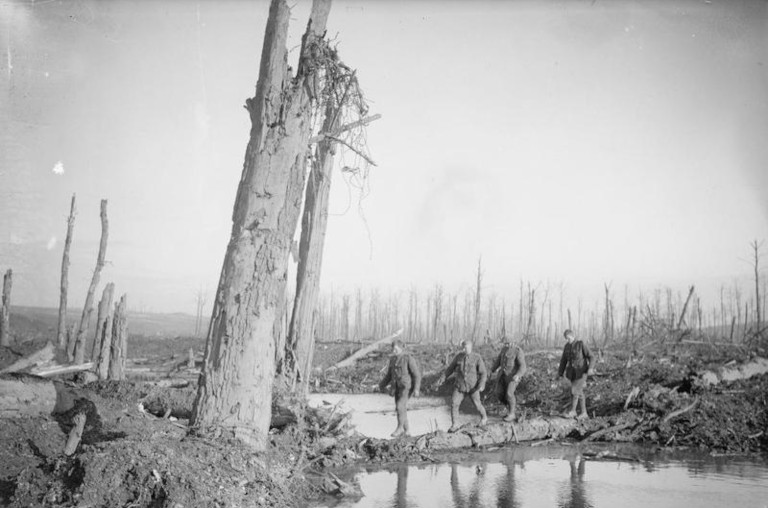by KOLLIBRI TERRE SONNENBLUME

I’ve been anti-war as long as I can remember. When I got a call from a military recruiter in high school, I already had the clarity of conviction to give him an unambiguous no, and he didn’t have any chance of budging me (although he tried). Everything I’ve learned about war since then only increased my dedication to the principle.
As the song goes: “War can’t give life. It can only take it away.”
I’ve also been a tree-hugger for as long as I remember and for me, my anti-war ethic resonates in harmony with my opposition to the needless killing of any living creature, including plants.
The human toll of warfare is tragic beyond accounting in lives brutally cut short, grievous injuries suffered, cultural heritage lost (museums, religious structures, libraries, schools) and to vital infrastructure destroyed (hospitals, power plants, reservoirs). War as now fought has been with us at least since the establishment of agriculture, and as technology has advanced, its devastating abilities have escalated. Last century was the bloodiest in human history and we must make sure that record stands. Armed conflict at that scale with the current arsenal would be nightmarish beyond reckoning.
Less spoken of, but gaining increasing attention, are war’s effects on the environment. Not just active war-making, but the consequences of all the industries, institutions and infrastructure that supports it; what we could put together under the heading of militarism. Effects include the ruination of habitat and farmland by battle, the killing and disruption of wildlife, the release of lethal pollutants, the damaging processes of weapon manufacturing, and the large-scale release of carbon emissions. Over all this hangs the threat of a nuclear winter, the worst environmental disaster imaginable.
The act of war makes hell out of the landscapes it smashes, sometimes as collateral damage and sometimes as an intentional tactic. The earth is ripped opened by explosives, trampled by tanks and heavy machinery, strung with barbed wire, riddled with mines, littered with bullet and shell casings, contaminated by toxins, burned and desertified.
In Laos and Cambodia to this day, farmers are injured or killed when they run across old bomblets from cluster munitions dropped on their country in the millions by the United States during the Vietnam War, fifty years ago.
Resilience for more